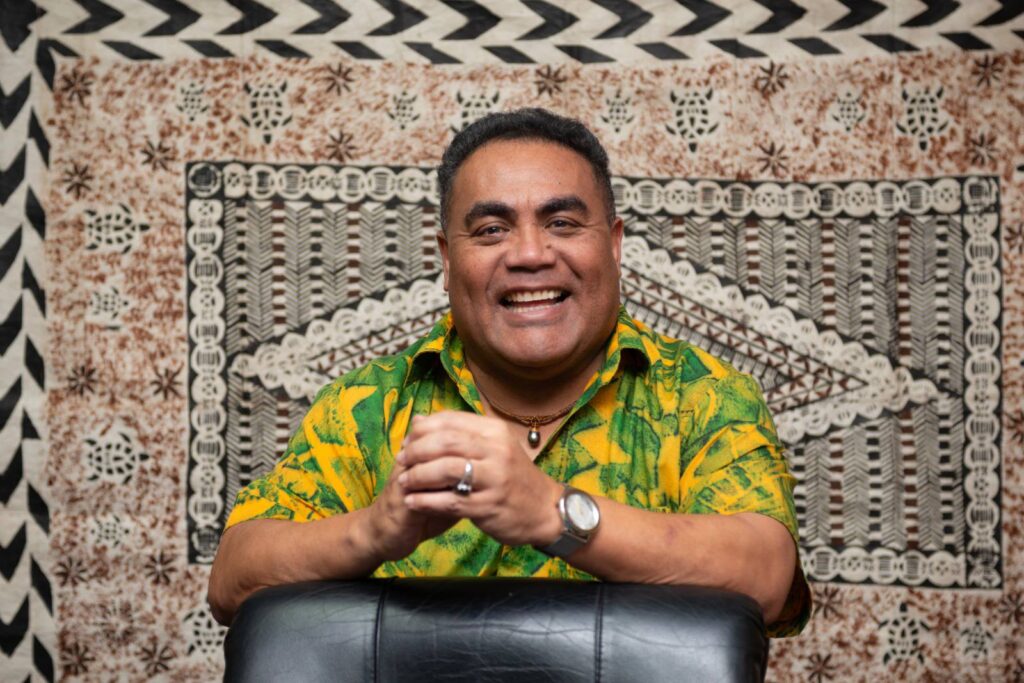
South Pacific is a paradise where nature’s splendor meets the warmth of diverse cultures. The South Pacific region, encompassing a vast expanse of ocean dotted with enchanting islands, is a magnet for intrepid travelers seeking unforgettable experiences. This remote and alluring corner of the world offers a unique blend of stunning landscapes, crystal-clear waters, vibrant marine life, and the rich traditions of indigenous communities. Beyond its breathtaking beauty, the South Pacific holds a treasure trove of opportunities for both travelers and local economies alike.
Travel Daily Media met with the Chris Cocker, CEO, South Pacific Tourism Organisation to discuss the region’s direction and growth potential.
Travel Daily Media (TD): After the last 4 years, what silver linings evolved for the South Pacific nation’s tourism future?
Chris Cocker (CC): In some ways, COVID was a blessing in disguise because it gave us all time-out to re-look at ourselves, and re-set, in preparation for rebuilding. It has given us a new vision and focus, we are better planned, more prepared and wiser.
We have landed on making sure we are more responsible with recovery and sustainable tourism. Also, COVID has taught us that we cannot stand on our own. We need regional cooperation, thankfully the unwavering support for SPTO was impressive, and we are more united than before.
We have moved forward with the digital transformation, and our survival and usage of these platforms were very important to keep us connected and focused on growth.
Now we are committed to measuring the social, cultural, as well as environmental impact of tourism in our region. There is stronger collaboration and partnership with development donor partners, that strengthen our resilience and planning tools. We are more focused on sustainable tourism, 8 of our 20 Pacific Island member countries of SPTO have signed a commitment to sustainable tourism.
TD: What island nations are emerging and where is the investment appetite beyond Fiji?
CC: The investment could always be stronger, as the region has exciting growth potential. There are new investments in French Polynesia, Vanuatu, and other countries, but it’s needed behind the strong arrivals we’re seeing in the region, especially in Fiji, the gateway to the South Pacific. Kiribati has left the starting block, strategically planning and developing for the future of a sustainable tourism economy.
TD: And with the North American market growing significantly, is there more room?
CC: Of course, it’s our third market. The top two, are ANZ of course, followed by North America; where there is a lot of untapped potential.
As a region we haven’t done enough yet, promoting ourselves in the North American market.
There’s a lot of potential here, particularly for Fiji, and our remoteness is seen as a luxury, one-in-a-lifetime trip.
So there’s a change, particularly regarding their visits; we’re now seeing many of the mid-markets in North America rather than the normal five-star resort seekers.
Fiji is still the main hub, and that’s one of our greatest challenges; there’s not enough entry points into the Pacific. It would be nice to have a main entry point through PNG via Southeast Asia or even down in the eastern side through French Polynesia. But those two hubs have not grown to be well-established like Fiji. Fiji Airways is also instrumental in North America, Australia and New Zealand.
TD: Where is the cruise industry heading?
CC: There’s a lot of positiveness, especially with expedition cruising. PNG, which is a very untapped area not only for PNG but cruising altogether, places like New Caledonia and Vanuatu benefit a lot from Australian exit ports.
The other markets, like Tonga, and Fiji, attract longer packages, of 10 – 11 days, rather than short visits in this case. If you look at the figures in 2022, the total arrivals by cruise and also air was about 1.3 million. We still haven’t reached the halfway mark. Pre-COVID 2019, we were at 3 million tourists in this case.
TD: What about private yachting?
CC: Yes, another great potential area and it’s high yielding. I think more collaboration from the regional perspective will enhance this niche market in this case. It’s a high priority for SPTO, and we are part of the South Pacific Sailing Network.
TD: Can you define the new tourist as you’ve identified in your reports?
CC: We are seeing more tourists that want to give back to the community; they are looking for off-the-beaten-track destinations, more environmentally conscious, responsible, and more educated. They want to be involved and really experience the destination, which fits in very well with the Pacific as they have more respect for the environment, our history and culture.












